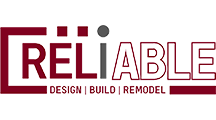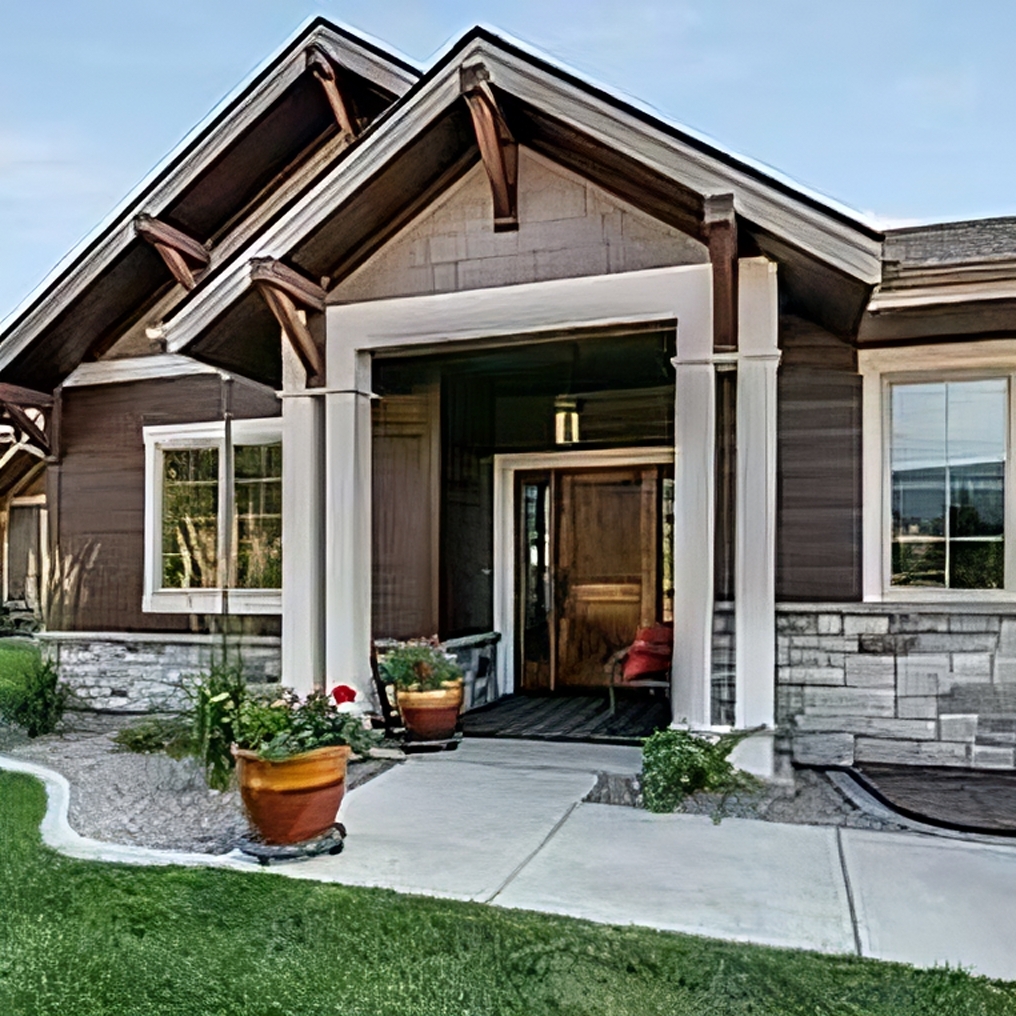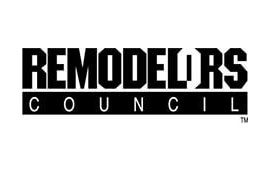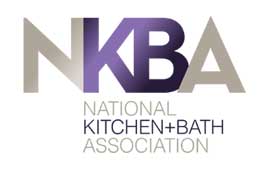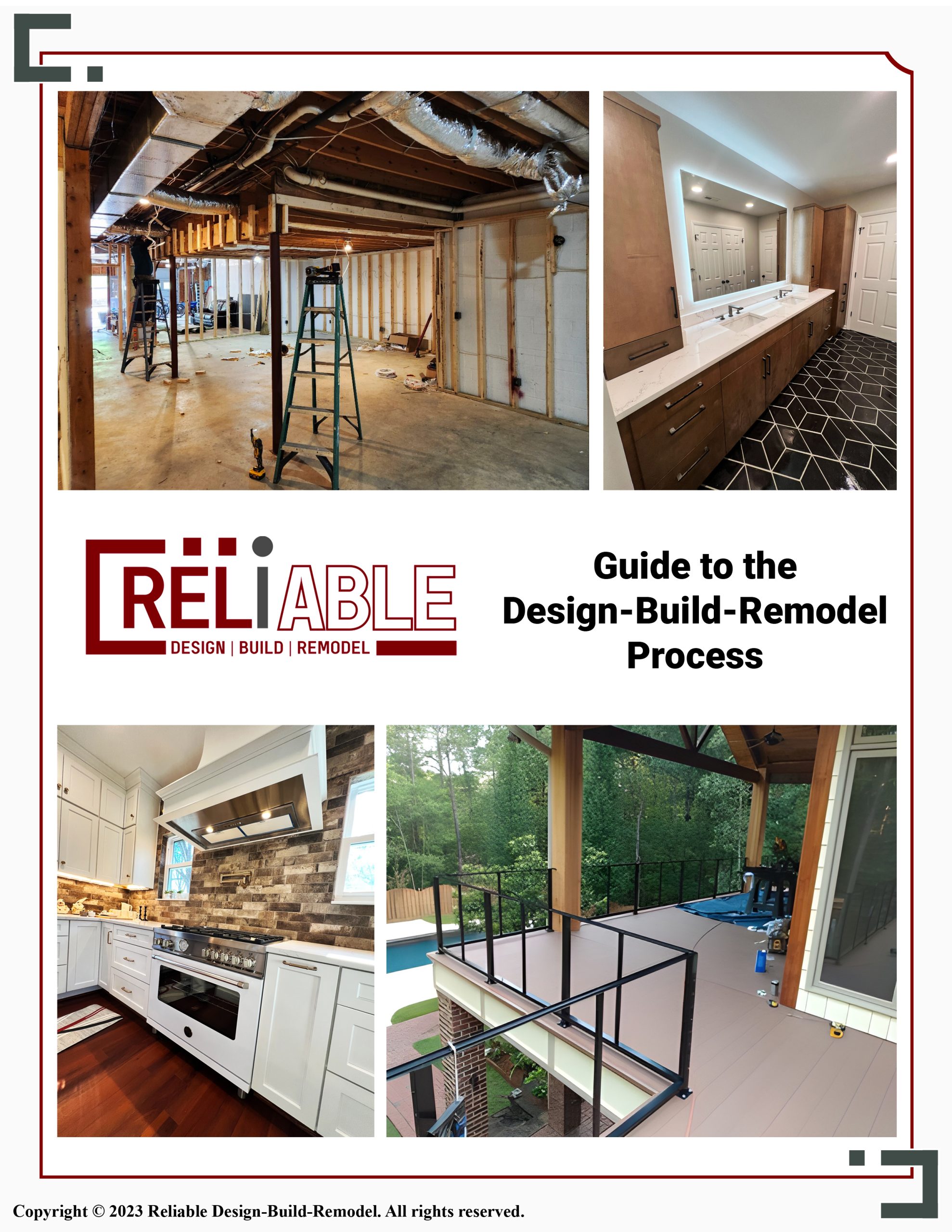At Reliable Design-Build-Remodel here in Birmingham, AL, we often get questions from homeowners about recessed lights—how they work, whether they’re worth it, and how to make the best lighting choices for a space. Recessed lighting has become a staple in modern design, offering a sleek, clean look for everything from kitchens and bathrooms to living rooms and offices. In this post, we’re diving into the most common questions we hear about recessed lighting to help you decide what’s best for your next home remodel.
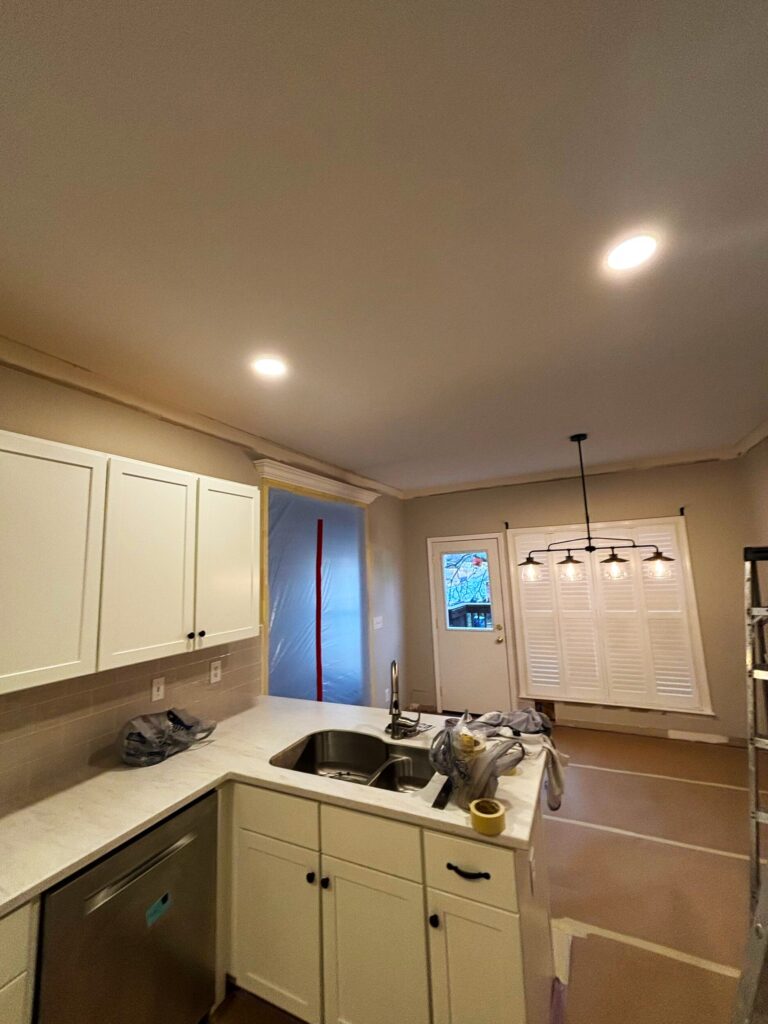
What is the difference between a can light and a recessed light?
The terms “can light” and “recessed light” are often used interchangeably, but there is a subtle distinction worth noting. Recessed lighting is the broader category—it refers to any light fixture installed into a hollow opening in the ceiling, so the light itself sits flush with the surface. “Can lights” specifically refer to a type of recessed light that comes with a housing, or “can,” that’s installed above the ceiling to hold the fixture. In traditional installations, these cans were necessary to protect wiring and support the bulb, especially in insulated ceilings. Today, however, many homeowners are opting for canless recessed lights, which are thinner and often easier to install, especially in remodels where ceiling access is limited. Both types fall under the recessed lighting umbrella, but the choice depends on your space and design goals.
What is the disadvantage of recessed lights?
While recessed lights offer a streamlined aesthetic and can brighten a space beautifully, they’re not without drawbacks. One key disadvantage is the potential for energy inefficiency if older, non-LED bulbs are used, or if insulation is compromised during installation. Additionally, recessed lights can create a “spotlight” effect if not spaced properly, leading to uneven lighting. Another issue can be the need to cut into the ceiling, which isn’t always ideal in older homes with plaster ceilings or limited attic access. Lastly, since these fixtures are built into the ceiling, any future maintenance or upgrades typically require a bit more work than surface-mounted lights. At Reliable Design-Build-Remodel, we help homeowners weigh these tradeoffs during the design process to ensure recessed lighting is both functional and flattering.
How much should it cost to put in recessed lighting?
The cost of installing recessed lights varies depending on several factors including the number of fixtures, ceiling height, attic access, existing wiring, and your choice of can or canless fixtures. On average, Birmingham homeowners can expect to pay between $125 and $300 per recessed light, including both the fixture and installation labor. Projects that require new wiring, cutting through drywall, or navigating insulation can be on the higher end. If you’re remodeling an older home, expect some additional labor for electrical code upgrades or ceiling reinforcement. While it’s certainly an investment, recessed lighting adds both utility and value to your home—and when installed professionally, it’s a long-lasting upgrade that blends seamlessly with your décor.
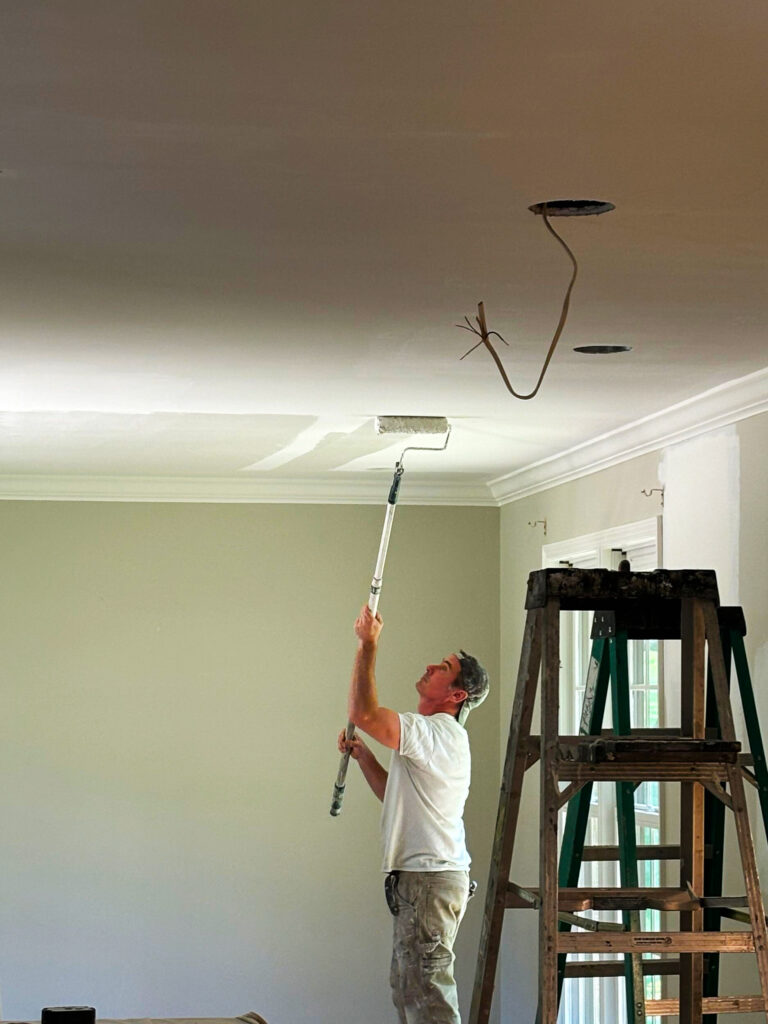
What is the rule for recessed lighting?
When it comes to placement, there are some general rules to follow for optimal lighting coverage. A common guideline is to space your recessed lights approximately 4 to 6 feet apart for an 8-foot ceiling. For taller ceilings, you may want to increase that spacing to maintain balance. Another rule of thumb is to place lights about 2 to 3 feet away from walls to avoid casting harsh shadows or creating glare. In task-heavy areas like kitchens, you’ll want lights centered above countertops, sinks, or islands for focused illumination. Dimmers are also highly recommended for recessed lighting, as they allow you to adjust the mood and energy usage throughout the day. At Reliable, we provide custom lighting layouts for each remodel, ensuring each fixture supports your lifestyle, not just your style.
Are canned or canless recessed lights better?
The choice between canned and canless recessed lights really depends on your ceiling construction and lighting goals. Traditional can lights are still a great option for new construction or major renovations where you have easy access above the ceiling. They offer a durable housing that can accommodate a variety of bulb types and often provide more robust light output. On the other hand, canless lights—also known as ultra-thin or wafer lights—are becoming increasingly popular in remodeling projects. These lights are easier to install, require less clearance, and are typically more energy-efficient since they use integrated LED technology. However, they can be harder to repair if the light fails, since the entire unit often needs replacing. At Reliable Design-Build-Remodel, we walk homeowners through the pros and cons of both options and help select the one that aligns best with their home’s structure and their lighting preferences.
What is the best alternative to recessed lighting?
Recessed lights aren’t the only option for achieving clean, effective lighting in your home. Alternatives include track lighting, flush-mount ceiling fixtures, and pendant lights, all of which offer versatility and style in different ways. Track lighting is particularly useful in spaces where flexibility is key, as you can direct the light to highlight specific features or areas. Flush-mount lights provide a similar low-profile look to recessed lights but don’t require cutting into the ceiling, making them ideal for concrete ceilings or historical homes where preservation is important. Pendant lights, meanwhile, add a decorative element while providing focused light over areas like kitchen islands or dining tables. Layering these alternatives with floor and table lamps can also create a warm, inviting atmosphere. When designing a lighting plan, we consider the room’s function, ceiling type, and aesthetic goals to determine whether recessed lights—or a different solution—will shine brightest in your home.

Recessed lighting continues to be a smart and stylish solution for homeowners in Birmingham and beyond. Whether you’re updating a kitchen, finishing a basement, or creating a more modern living room, these fixtures can make a big impact—when chosen and installed with care. At Reliable Design-Build-Remodel, we’re here to help guide you through every lighting decision so your home feels both functional and beautifully lit. If you’re considering adding recessed lighting to your home or want to explore alternative options, give us a call. We’d love to help you illuminate your space with confidence.
Reliable Design-Build-Remodel is a full service general construction firm and remodeling contractor operating in the Birmingham metro and Jefferson and Shelby County areas and surrounding communities, including Birmingham, Helena, Chelsea, Mountain Brook, Hoover, Homewood, Montevallo, Alabaster, Vestavia Hills, and Pelham, with over 30 years of servicing our valued clients. Offering full service suite of general remodeling, design and build services. Our specialties include bathroom remodeling, kitchen remodeling, exterior renovations, interior renovations, painting, and more!
Visit us at reliablerem.com, and like and follow us on Facebook and Instagram!
